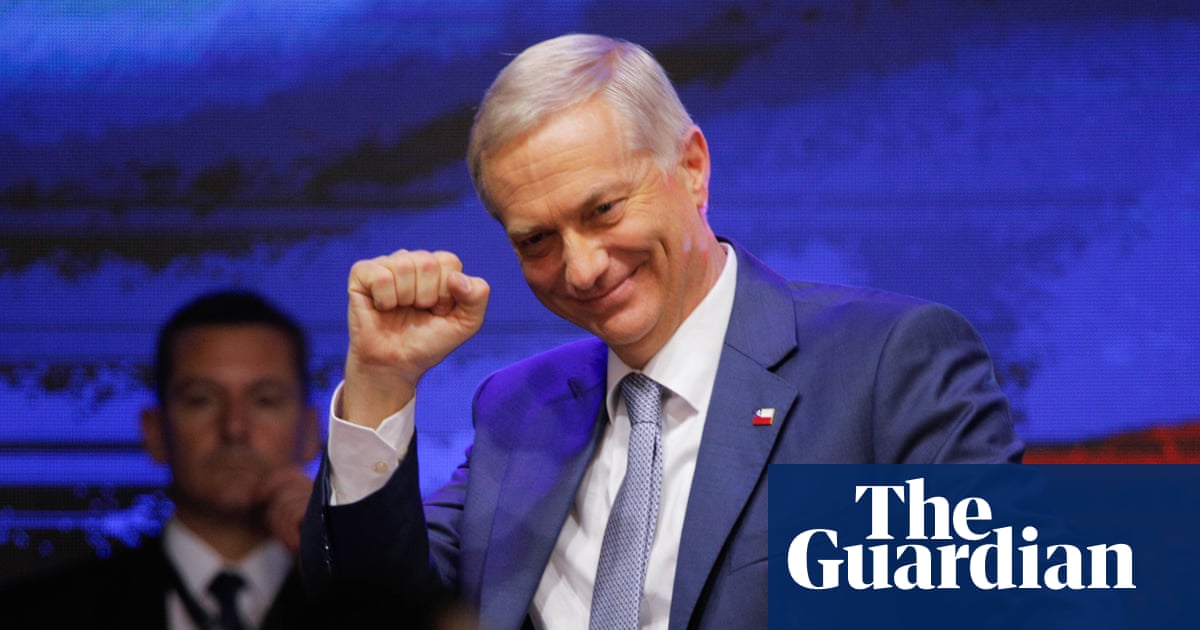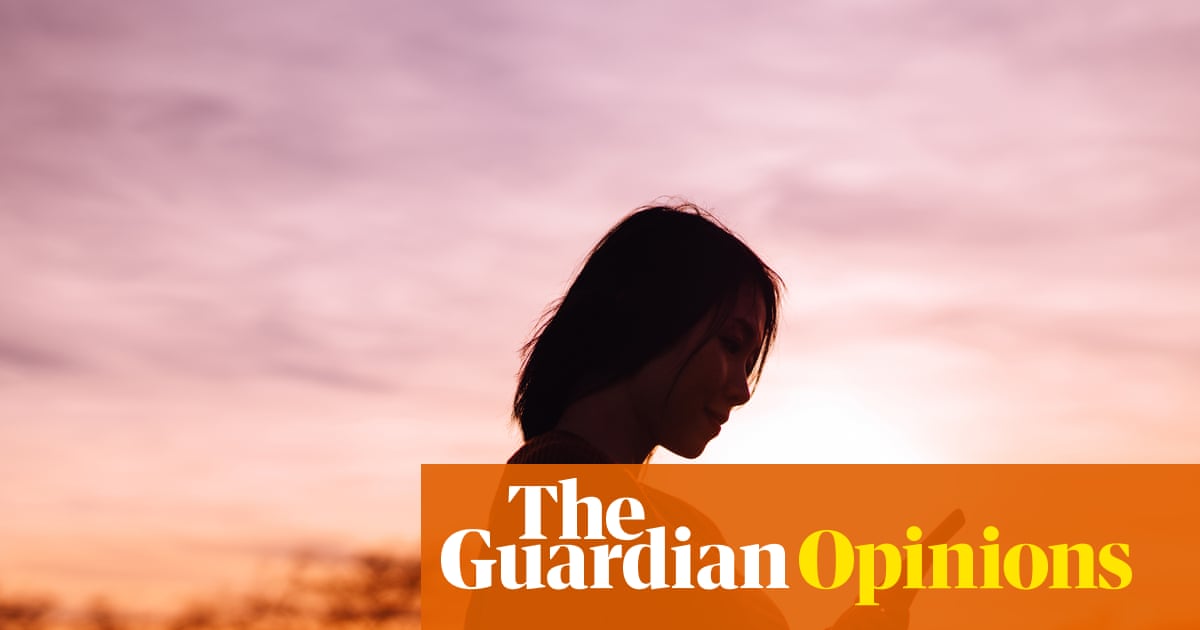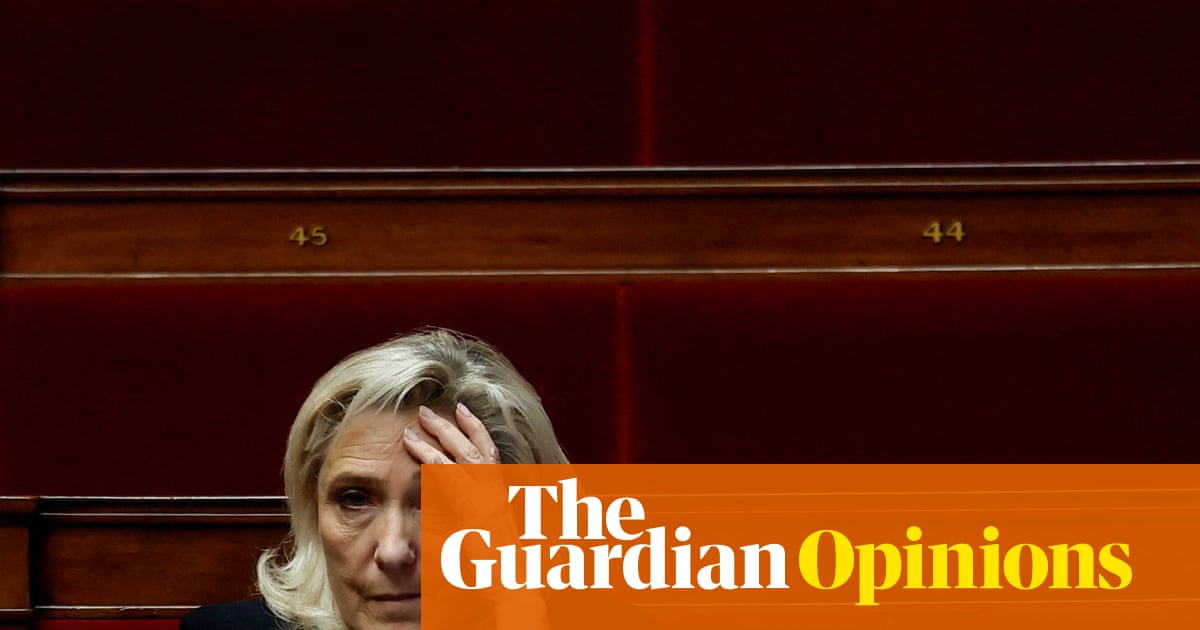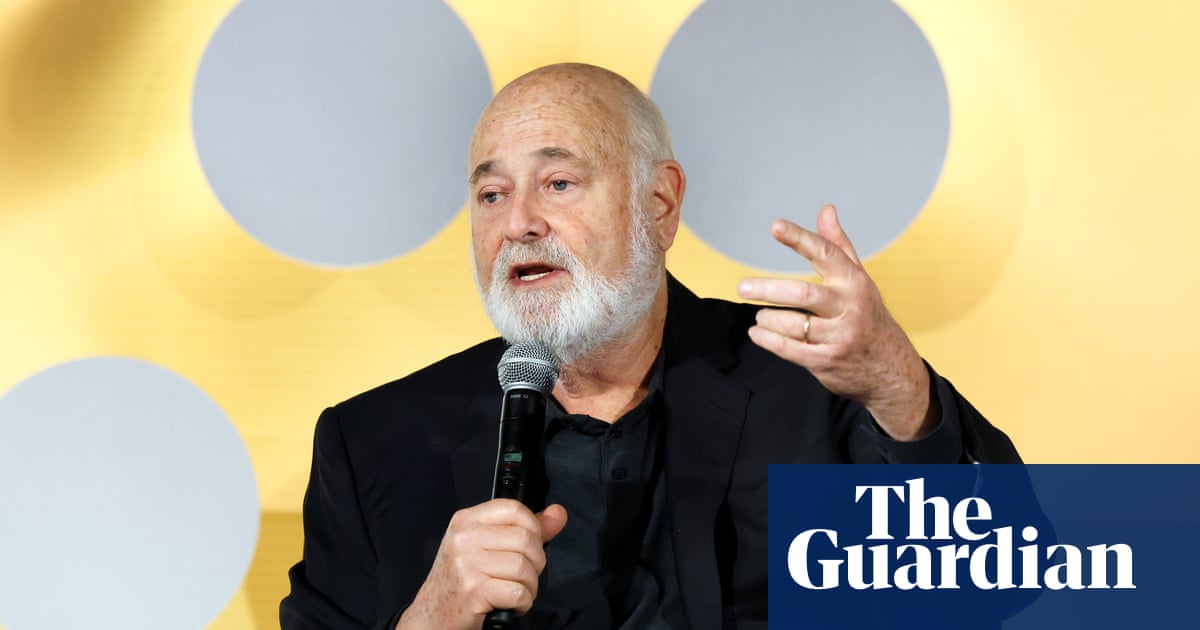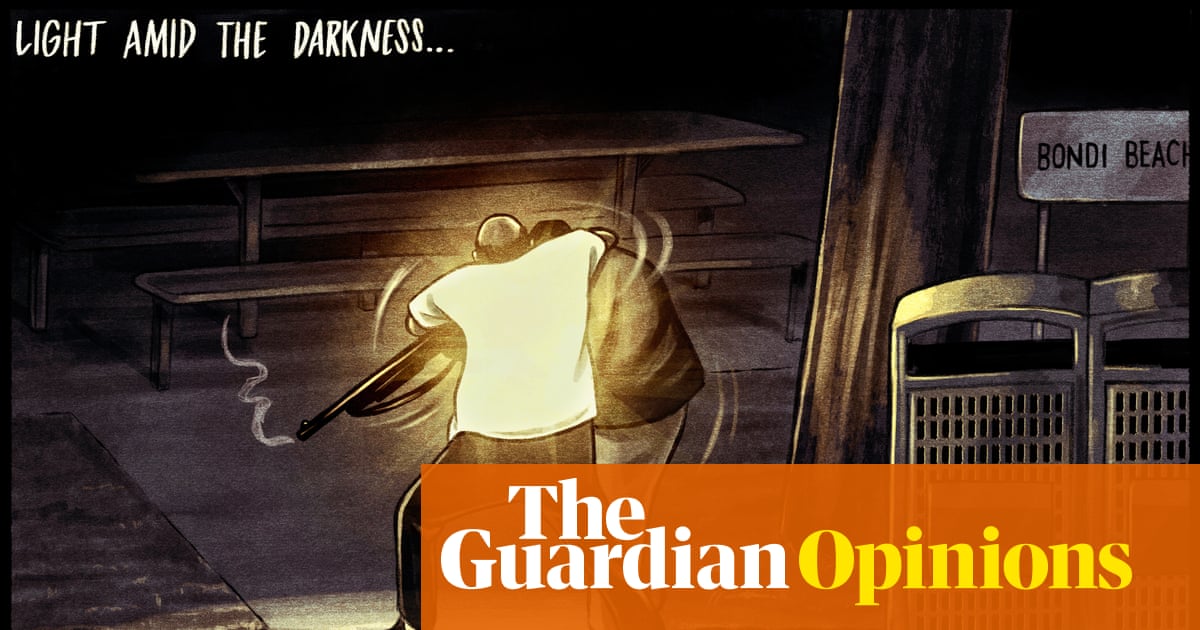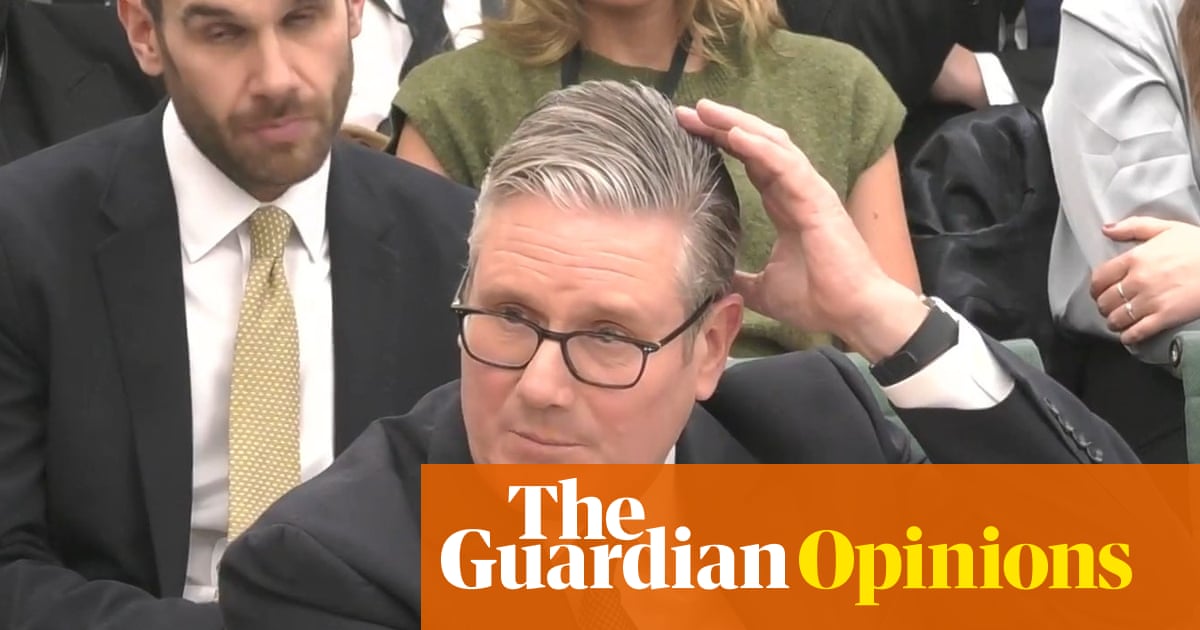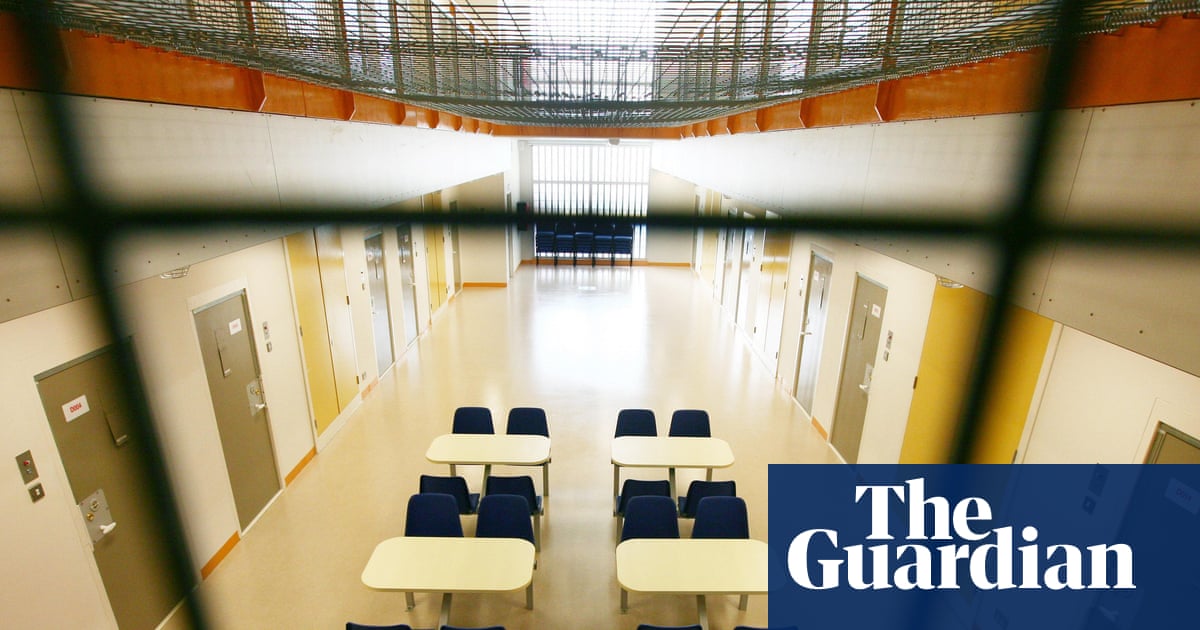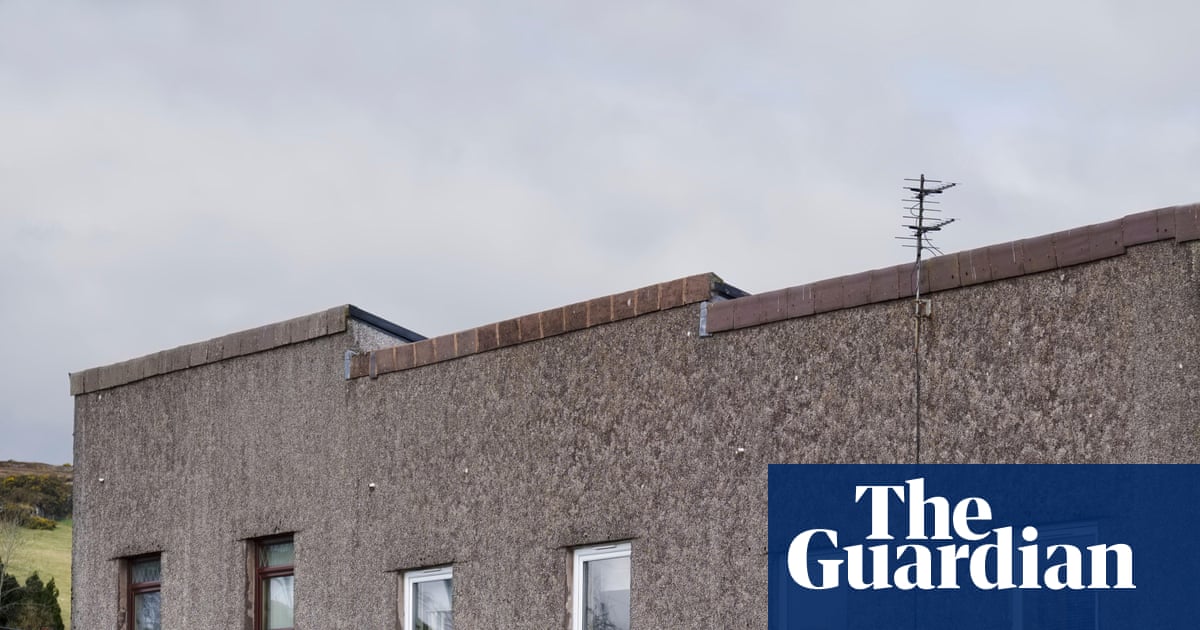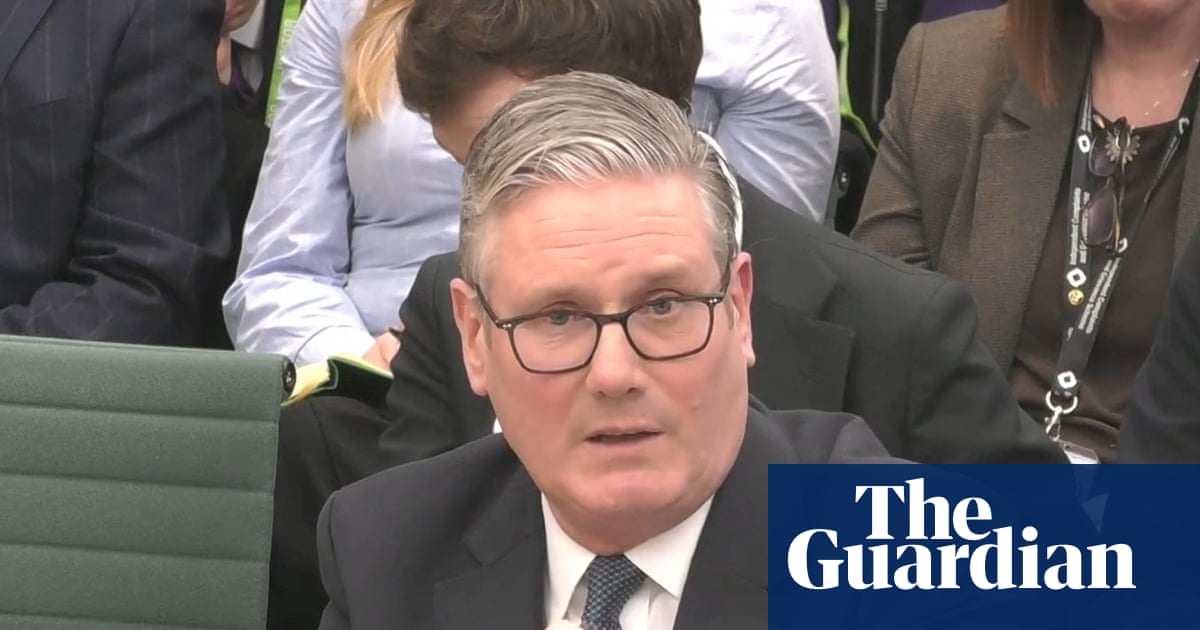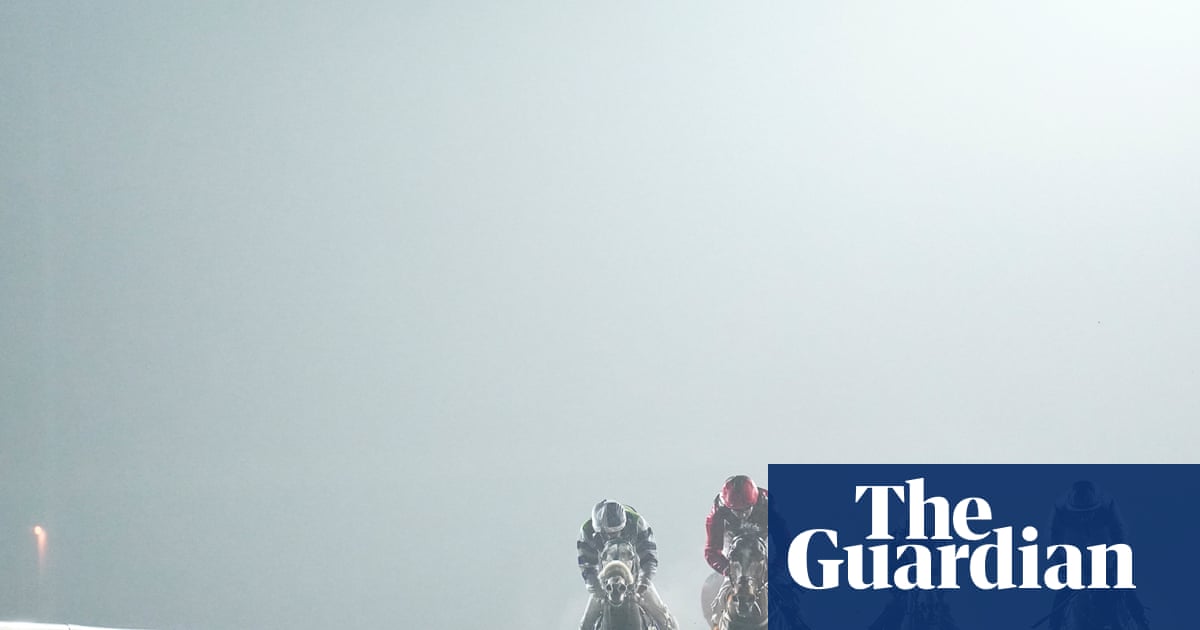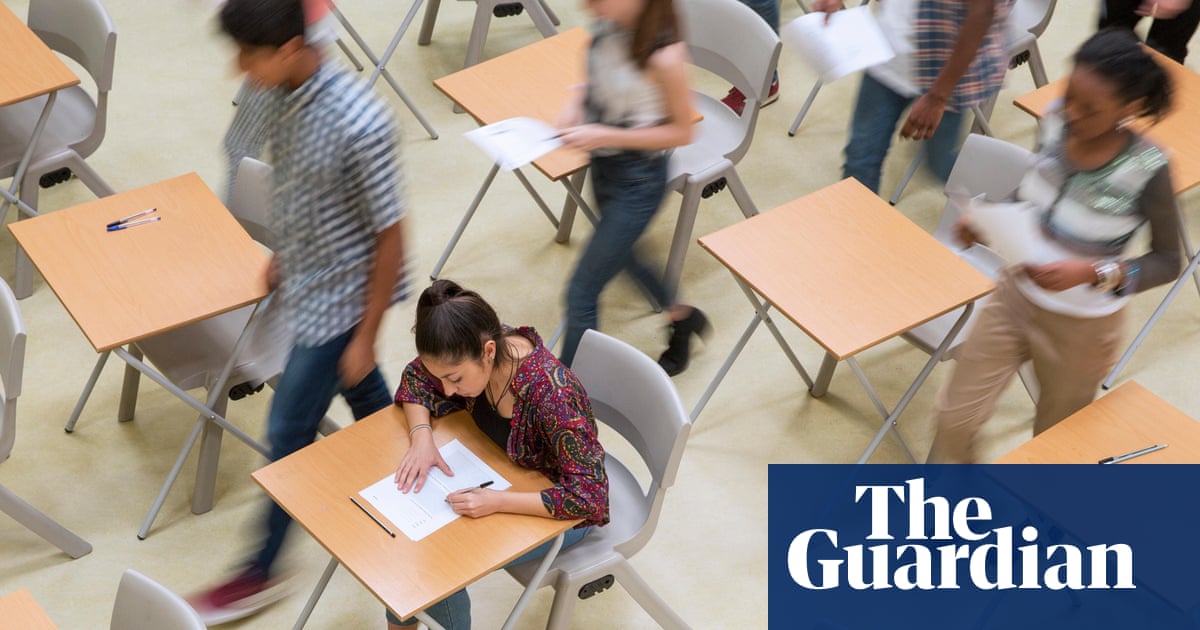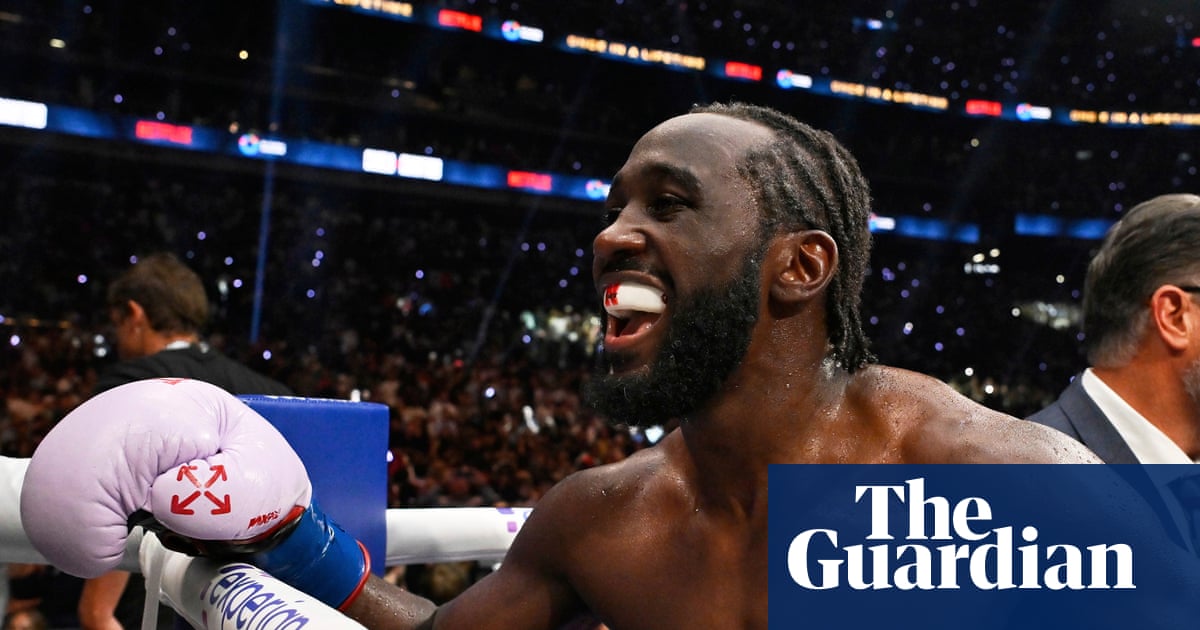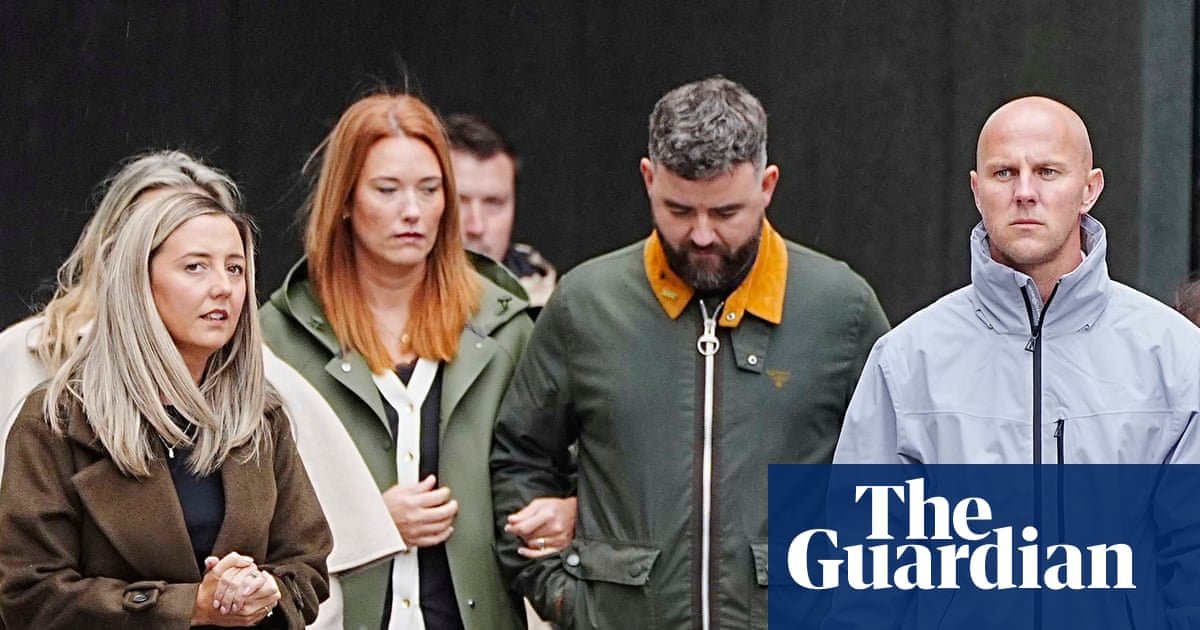A toy poodle called Lunar arrives at the door of Ben Edge’s studio in a furry blur of excitement. There’s also a full-size fibreglass horse, already halfway through the door. It’s being ridden by a mannequin who is wearing a garland of artificial flowers and, under that, a shirt patterned with green men, Uffington White Horse references and oak leaves. It’s identical to the one worn by the living, breathing artist standing next to me.
A highlight of Edge’s upcoming exhibition at London’s Fitzrovia Chapel, the sculpture is titled Where Must We Go in Search of Our Better Selves. It’s a self-portrait like no other, riffing on the magnificent equestrian monuments of the Renaissance, and honouring the Garland King, a figure from the recesses of British folklore, who each May rides through the Derbyshire village of Castleton. “The Garland King has become a symbol for me,” Edge says. “I see it as representing a process of finding your own nature, of going inward.”
Ten years ago, Edge stumbled across a druid ceremony at London’s Tower Hill. It was the spring equinox, it turns out: “As I came out of the station, I saw in the distance this line of people in white cloaks walking past a red phone box, a KFC, a Wetherspoon’s. They assembled in a circle, and started talking about this idea of reconnecting to nature, and that London will one day be reclaimed by nature. They were putting seeds on the ground. It was a real awakening for me.”

Since then, Edge has become a leading light in the British folk renaissance. It’s an artistic movement drenched in the storytelling, crafts and beliefs that sought to bind communities to nature. From wassailing in January to morris dancing at the spring equinox, discovering and documenting such time-honoured practices rescued Edge from chronic depression, and provides inspiration for works that combine poetic mysticism with social realism.
In a climate of far-right politics driven by what seems like a national identity crisis, Edge’s folkloric quest inevitably overlaps with those lamenting the passing of Merrie Olde England. “There’s a myth that our folk culture is in trouble,” he says. In fact, he adds, it’s thriving. What has changed is that now people are talking about it.
Children of Albion, the epic quasi-altarpiece that gives Edge’s exhibition its title explores the richness of Britain’s history in fabulous detail. Fusing the grotesque topsy-turviness of Bosch’s The Garden of Earthly Delights with the surreal humour of Terry Gilliam, it’s the culmination of a body of work that began after the double crises of Brexit and the pandemic.

“In this post-Brexit era, we’re all grappling with who we are as a country,” he says. “I had to paint Children of Albion because I needed to puzzle it all out.” The result is a visual survey of the people and events that have shaped the British Isles, with refugees in boats, Stonehenge, Viking raids, and the miners’ strike taking their places alongside morris dancers and the slave trade.
The paper umbrella in this volatile cocktail of ingredients is “Albion”, the ancient word for pre-Roman Britain. These days, it’s more readily associated with white supremacy than the universal vision of humanity proposed by the Romantic poet and artist William Blake. But Edge, inspired by Blake, represents Albion as a beneficent figure, presiding over the vast oil painting like the risen sun. “In Blake’s personal mythology, Albion was a sleeping giant,” Edge explains. The painting shows the moment of his awakening: “The idea is that this happens by truly accepting who we are as a nation and finding a way to move forward.”
If our mishmash of regional customs seems ill-equipped to bring tolerance and unity to our stressed-out, fractured society, Edge disagrees, pointing out that folk traditions the world over are rooted in universal concerns – birth and death, the changing seasons. He believes that reconnecting with ancient customs offers a radical strategy to address the crises of our age. “When I was really clinically depressed, I had no connection to nature,” he says. “I’d been living in the city for 10 years and my only connection to the environment was putting my recycling in the right bin.” For him, restoring this fractured relationship with nature is the key to addressing the climate emergency.
The lockdowns were transformative, he says. “Covid brought a fundamental shift in people’s mindsets about Britain and the climate crisis – even Black Lives Matter came out of it. It was obviously a huge tragedy, but people had time to think. They started falling in love with their immediate landscapes and feeling a sense of pride. It was probably a bit confusing at first, because post-Brexit a lot of left-leaning people felt almost done with the country.”
Edge alludes to our warped relationship with nature in the plastic flowers of Where Must We Go in Search of Our Better Selves, but they are also a nod to the people who each year make folk traditions happen, improvising costumes and props with whatever comes to hand. His own operation is similarly independent in spirit. “There isn’t a gallery that’s going to come along and save you – you need to build your own art world,” he says. “The minute I had that realisation, everything started going pretty well for me.”

 1 month ago
49
1 month ago
49






